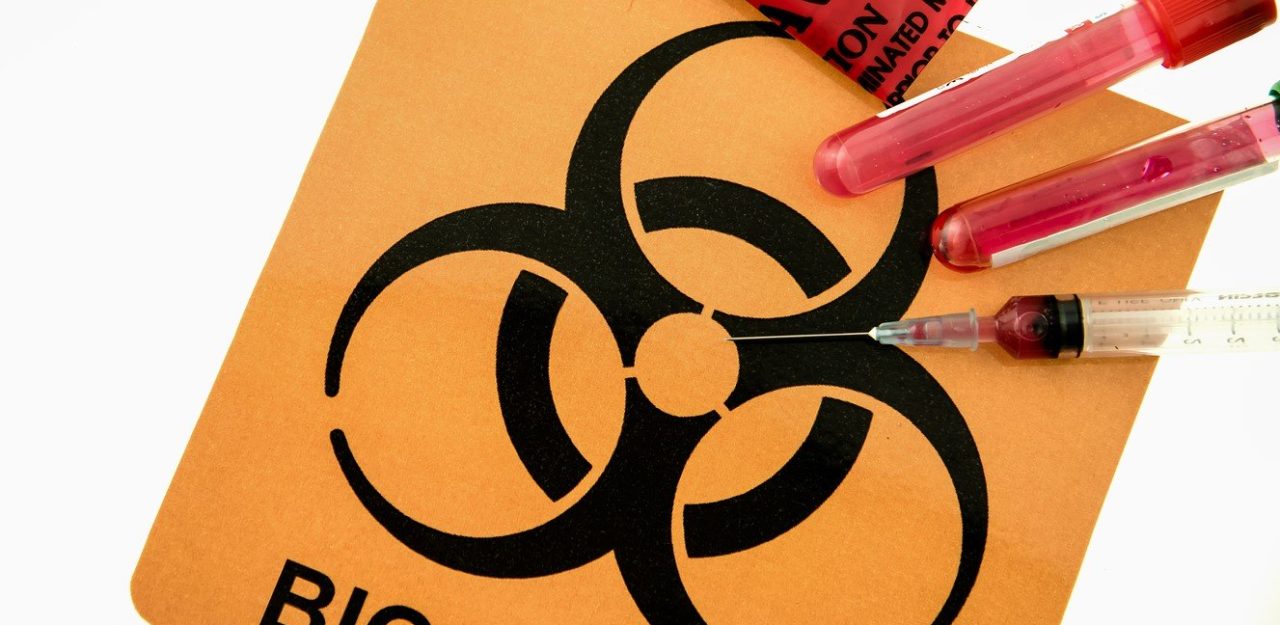The OSHA bloodborne pathogens standard 29 CFR 1910.1030 protects employees who work in occupations where they are at risk of exposure to blood or other potentially infectious materials. This standard requires employers to develop a written exposure control plan (ECP) that explains how they will implement the standard, provide training to employees, and protect the health and safety of their workers and volunteers. Without this plan, employers have no program and there is little hope to properly protecting their workers. This article can assist in creating an exposure control plan to meet the requirements of the OSHA bloodborne pathogens standards.
This article provides general guidance, you must tailor your plan to the specific requirements of your establishment. Your written plans must be accessible to all employees, either on-line or in an area where they are available for review on all shifts.
There are 7 elements of an exposure control plan. These elements include exposure determination, methods of implementation and control, Hepatitis B Vaccine, post-exposure evaluation and follow-up, communication of hazards and training, recordkeeping, and administration of post-exposure incidents.

See a Sample Written Plan for Bloodborne Pathogens:
Additionally, ask your loss control representative or agent about our GreatAcademy where you can get access to a course on bloodborne pathogens.
